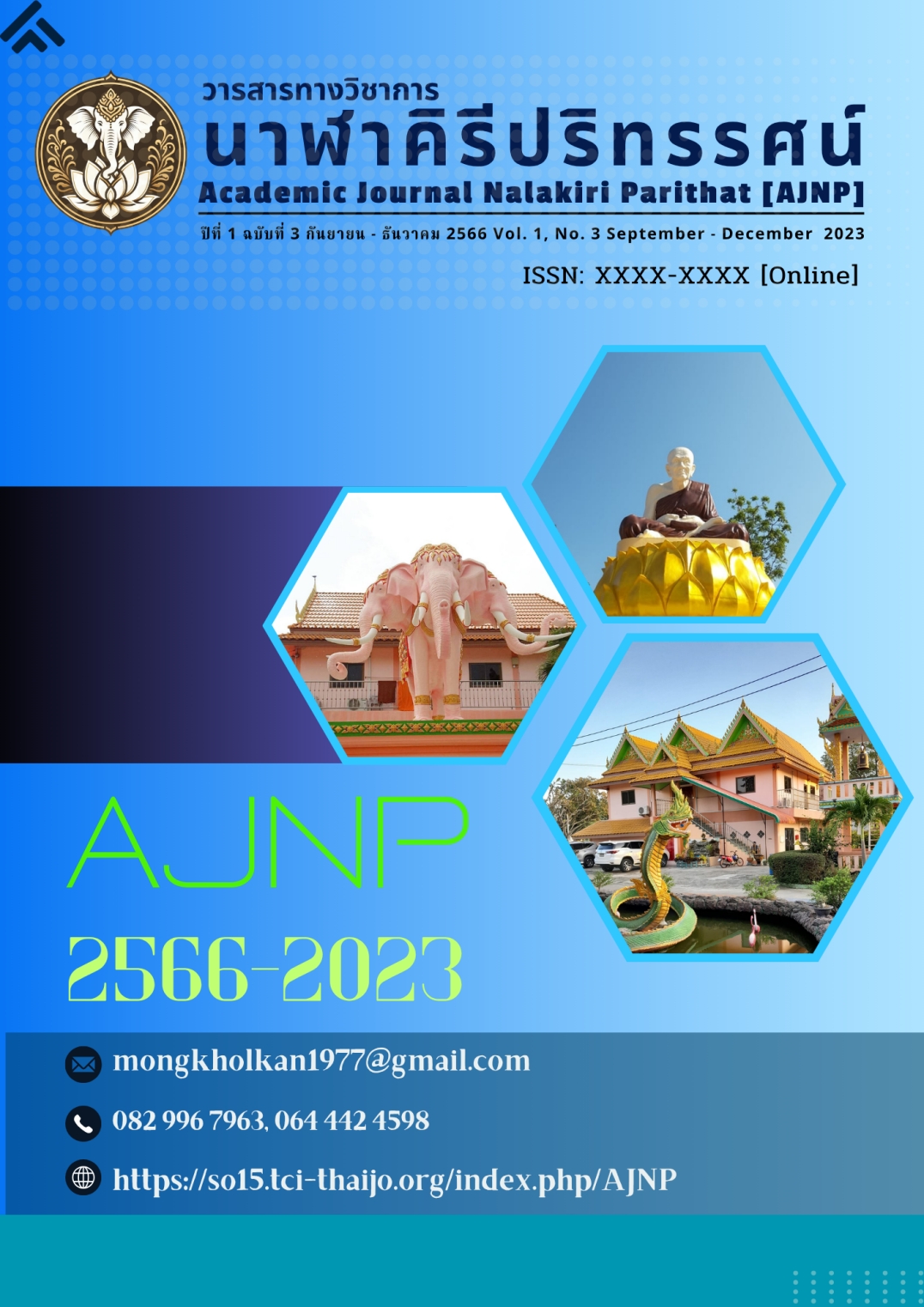INTERPRETATION IN THERAVADA BUDDHIST PHILOSOPHY
Keywords:
Interpretation, Theravada Buddhist Philosophy, Tripitaka, ConceptAbstract
Interpretation and language in Theravada Buddhist philosophy consider language as a tool to help communicate, allowing people of the world to know each other. It is a world language system. The words of the world are considered to be something that people of the world have established for use. The Buddha and the use of language, communicating Dharma to reach the general public more easily, is the Buddha's words that these minds are all considered worldly concepts, worldly ideology, worldly conventions. The Tathagata uses them but does not cling to the world. The Buddha's words in this section show that the language in Theravada Buddhism is very effective in communicating to each other at another level. But it depends on the social context that creates the language system. The Buddha uses two types of language, common language and ultimate language. The Buddha uses it with different people. People with excellent wisdom use ultimate language that aims to speak about the essence of the truth. If teaching people who do not have enough wisdom, he often chooses common language to show the basic truth and then summarizes and explains to make people see the truth in ultimate language. For example, in the passage that says, "You should bail this boat. The boat you bail will arrive quickly." This statement is considered something that needs to be understood in a new way, or what does it mean? But still using a boat in the meaning of a water vehicle, it may need to be reinterpreted as to what the Buddha meant. What does it mean to bail out water? What does bail out to get out of the boat? What does a boat that bails out water to reach quickly mean? It is the use of common language in communication. It is used as a simile to compare that the human body means a boat. Bailing water is a practice to shake off water, which is a wrong view. It means truly reaching the shore of Nirvana
References
กีรติ บุญเจือ. (2551). การตีความคัมภีร์ในปรัชญาตะวันตก. กรุงเทพฯ: สวนสุนันทา.
ปรุตม์ บุญศรีตัน. (2550). รูปแบบการตีความคัมภีร์ในพระพุทธศาสนาเถรวาท. กรุงเทพฯ: มหาจุฬาลง
กรณราชวิทยาลัย.
ปรีชา บุญศรีตัน. (2567). รูปแบบศาสตร์แห่งการตีความเชิงปรัชญาในคัมภีร์ธัมมปทัฏฐกถา. กรุงเทพฯ:
มหาจุฬาลงกรณราชวิทยาลัย.
พระคันธสาราภิวงศ์. (2550). คัมภีร์เนตติปกรณ์. กรุงเทพฯ: ไทยรายวันการพิมพ์.
พนารัตน์ จันทร์สิทธิเวช. (2560). วิเคราะห์การตีความหลักพุทธธรรมของเชอเกียมตรุงปะ. กรุงเทพฯ:
มหาจุฬาลงกรณราชวิทยาลัย.
พระมหาสมบูรณ์ วุฑฺฒิกโร. (2548). ศาสตร์แห่งการตีความแนวพุทธ. กรุงเทพฯ:
มหาจุฬาลงกรณราชวิทยาลัย.
วีรชาติ นิ่มอนงค์. (2559). เฮอร์เมนูติกส์ : ศาสตร์แห่งความเข้าใจของพระพุทธปรัชญาเถรวาทและ
มหายานเชิงเปรียบเทียบ. กรุงเทพฯ: มหาจุฬาลงกรณราชวิทยาลัย.
Downloads
Published
How to Cite
Issue
Section
License
Copyright (c) 2025 Academic Journal Nalakiri Parithat

This work is licensed under a Creative Commons Attribution-NonCommercial-NoDerivatives 4.0 International License.



